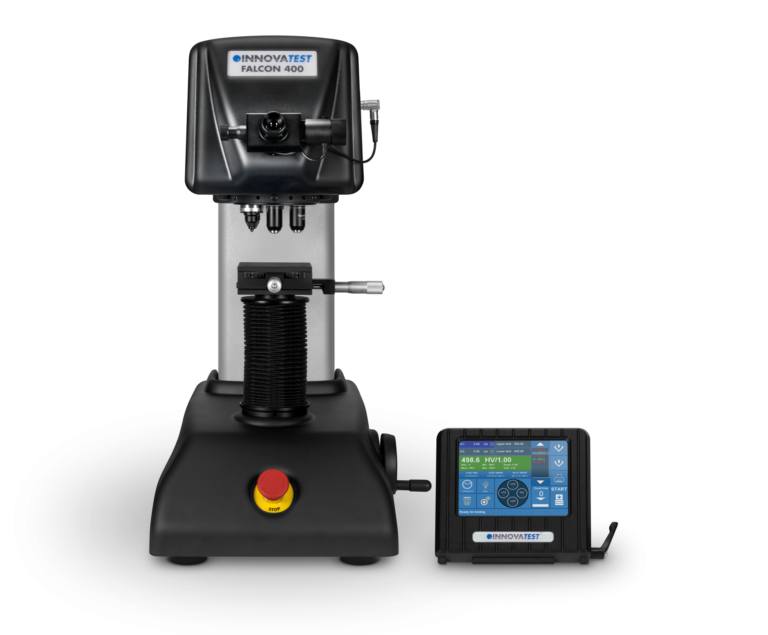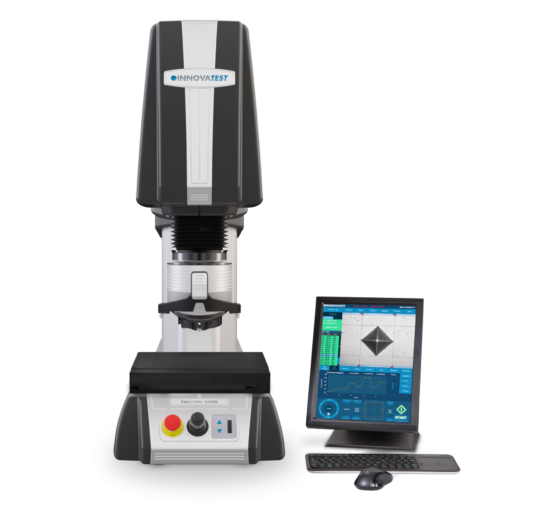Vickers Hardness Test

The Vickers testing method is a technique that determines how hard different materials are including ceramics, metals among others. This method of testing consists of a diamond pyramid that is usually pushed against the sample with a specific load quantity and the hardness of the material is determined according to the indentation left on the surface.
A pyramid indenter is used in the Vickers testing method whose opposite sides are at an angle of 136 degrees. Then the measurements of the indentation left are taken with the help of an optical microscope. The smaller the indentation left on the surface, the harder the sample being tested.

Applications of the Vickers Test Method
Because the Vickers hardness test produces a small indentation, the method can be used in various applications. For instance, this technique is useful in testing the hardness of very thin samples including foils or calculating individual microstructures, calculating small areas, hardness testing of welds, or determining the depth of case hardness through sectioning a part among other applications.

Advantages of the Vickers Testing Method
- The Vickers test technique can be applied for any and all samples or specimens, starting with soft to hard materials because the process covers all the hardness ranges.
- The Vickers technique uses only one kind of an indenter, that can be applied for all Vickers testing techniques.
- The Vickers hardness test is non-destructive and therefore the test sample may be utilized elsewhere.
- The method is also highly accurate and thereby can be used in a wide variety of applications.

 What is the vFFR Workflow?
What is the vFFR Workflow?  https://www.trustdeals.co.uk
https://www.trustdeals.co.uk  What exactly is DEIB?
What exactly is DEIB?  Why Buy Used Generator Sets?
Why Buy Used Generator Sets?  2 person outdoor chaise lounge
2 person outdoor chaise lounge  Palletization Robots
Palletization Robots  Is a Smart Door Lock Worth It?
Is a Smart Door Lock Worth It?  The importance of online reviews and their influence on local SEO
The importance of online reviews and their influence on local SEO  Key or smart door lock: Which should you choose?
Key or smart door lock: Which should you choose?  Is NMN Powder the ultimate solution for cellular health?
Is NMN Powder the ultimate solution for cellular health?